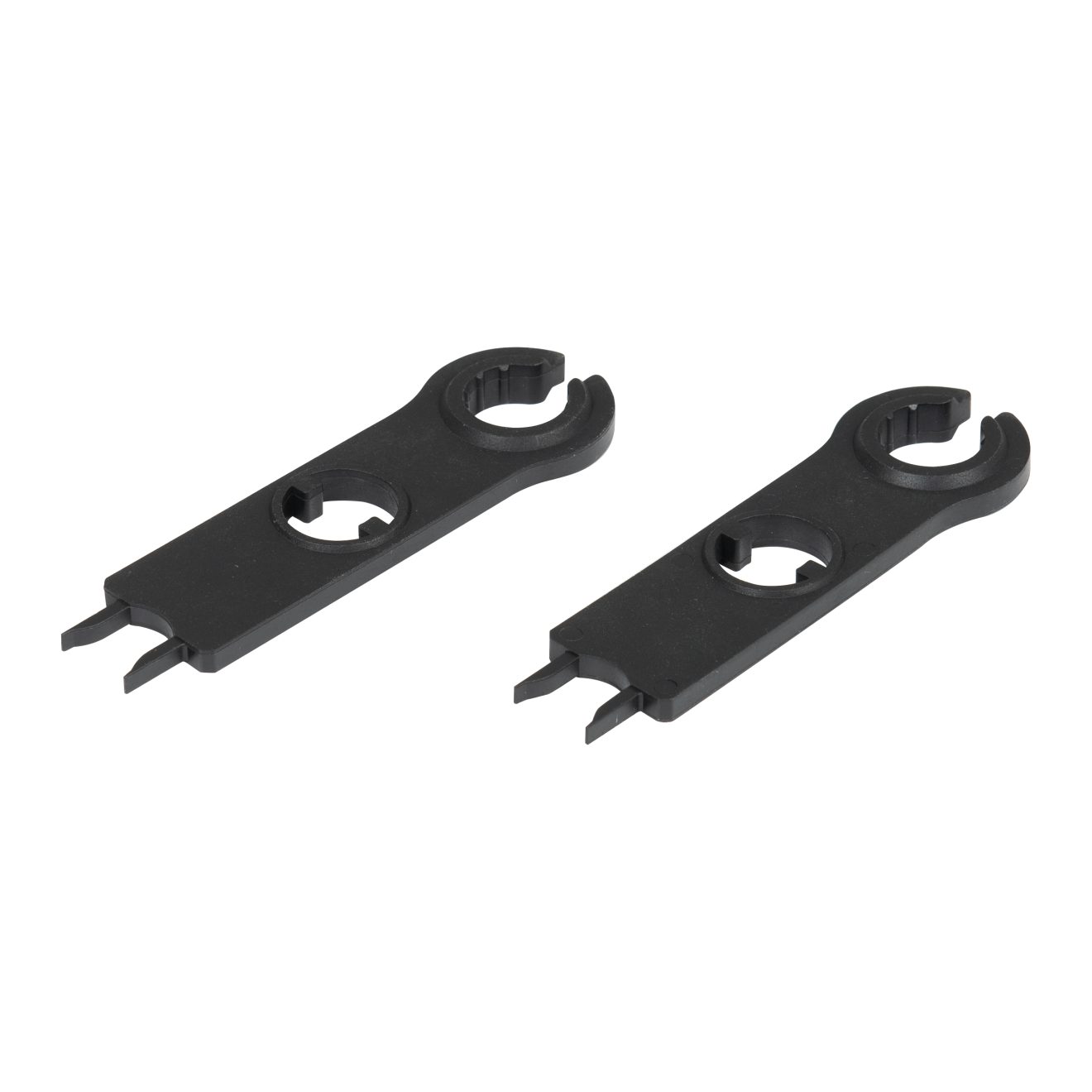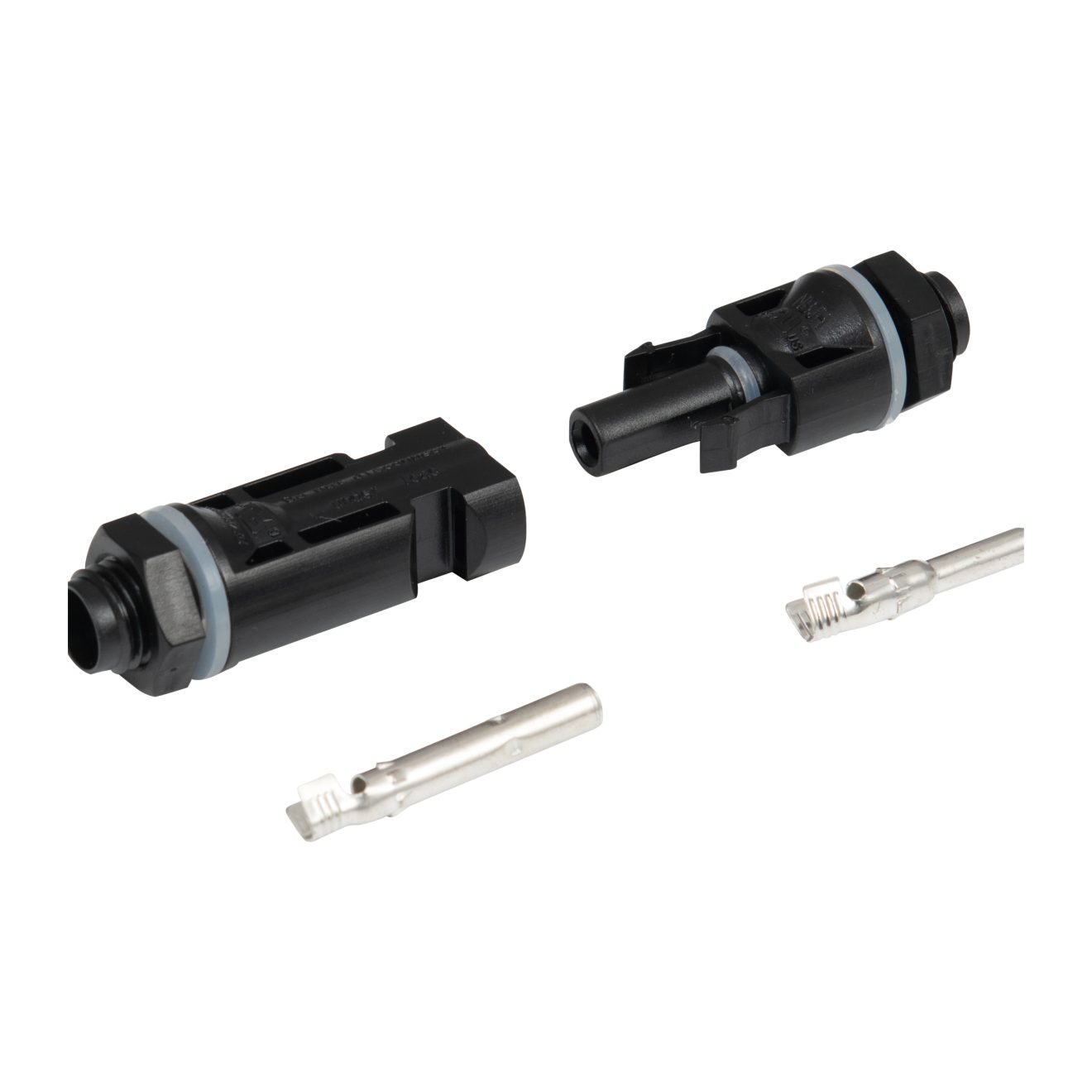Incorrect or substandard solar connectors cause inefficient energy transfer, system failures, and costly repairs.This can jeopardize entire photovoltaic projects.Understanding solar panel connectors ensures optimal performance and reliability.
Solar connectors like MC4 ensure efficient and safe electrical connections in photovoltaic systems, essential for reliability and energy optimization.
Explore critical details about solar panel connectors to enhance system efficiency and ensure safety.
Table of Contents
Solar Panel Connector Types
Solar connectors primarily include MC4 connectors, T connectors, and H connectors. MC4 connectors are the industry standard, ensuring compatibility across solar systems. They are weather-resistant, durable, and designed for safe, secure connections. T and H connectors, on the other hand, are used for specific setups like parallel connections. When selecting a connector, factors like voltage, current rating, and the connector’s IP rating for water and dust resistance are crucial considerations. These connectors play a pivotal role in system efficiency and overall reliability.
Solar Panel Connector Diagram
Understanding solar panel connector diagrams is vital for proper installation. A typical diagram displays how connectors link solar panels to inverters, batteries, or charge controllers. MC4 connectors simplify these setups with their plug-and-play design. The diagram shows polarity markings, which are crucial to prevent reverse polarity, potentially damaging the system. Furthermore, connectors ensure streamlined electricity flow from the photovoltaic panels to energy storage or usage systems. Proper interpretation of diagrams can prevent errors and system inefficiencies during installation.
Solar Panel Connector Installation
Installing solar connectors involves a few key steps: stripping the cable, crimping the terminal, and assembling the connector. Start by preparing the solar cables and ensuring they match the connector’s specifications. Use crimping tools to secure the terminal to the cable. Then, insert the crimped terminal into the connector housing until it clicks into place. Always double-check the connections for polarity alignment to avoid reverse current issues. Following installation guidelines helps ensure long-lasting and safe operation in photovoltaic systems.

Solar Panel Connector Tool
Solar connector tools are specialized for precise and efficient installations. Essential tools include cable strippers, crimping tools, and connector wrenches. Cable strippers ensure clean and proper exposure of the wire ends, while crimping tools attach terminals securely to cables. Connector wrenches tighten connections without damaging the components. Investing in high-quality tools not only speeds up installation but also improves the durability and reliability of the connectors, ensuring a robust photovoltaic system.

Solar Panel Connector Price
The price of solar connectors varies based on type, brand, and specifications. Standard MC4 connectors range from $0.50 to $2.00 per piece. Bulk purchasing or opting for OEM suppliers, like LEEYEE, can reduce costs significantly. Factors influencing price include material quality, certifications, and additional features like enhanced weatherproofing. While cost-effective options exist, it’s important to prioritize certified, high-quality connectors to avoid future system inefficiencies and maintenance costs.
High-quality connectors ensure safety and efficiency, a worthwhile investment for any photovoltaic system.
About LEEYEE:
Established in 2009, LEEYEE is a specialized manufacturer of Solar Panel Connectors. We own the certificates of CE, CB, ISO9001, and TUV. In addition, we support customization options for color appearance, parameters, and logos. Welcome to consult for product catalogs and inquiries, you can contact us via email at devin@cnspd.com.

